calsfoundation@cals.org
Famous and Historic Tree Program
The purpose of the Arkansas Famous and Historic Tree Program (AFHTP) is to create a greater awareness and appreciation of the state’s trees through the recognition of their historical background. The AFHTP used four criteria to determine the historic status of a tree or tree community. These criteria were modeled after the National Register of Historic Places criteria and include a tree’s association with significant events, people, and landmarks. Significant horticultural, ecological, or structural characteristics, or ability to yield cultural information in local, state, or national history are also assessed.
The AFHTP formally originated in 1995 within Arkansas State Parks, though its establishment had been the ambition of several state agencies since the 1970s. The creation of the program led to the establishment of the AFHTP Planning Committee. This committee benefited from the cooperative effort of several agencies working together to develop AFHTP: Arkansas State Parks, Arkansas History Commission (now called the Arkansas State Archives), Arkansas Forestry Commission, Natural Heritage Commission, Arkansas Historic Preservation Program, and Arkansas Federation of Garden Clubs. During development, the National Famous and Historic Tree Program (NFHTP) served as a reference model.
Once AFHTP was developed to the point of public involvement, a ceremony was held on National Arbor Day, April 25, 1997 (the 125th anniversary of Arbor Day), at the Arkansas State Capitol grounds in Little Rock (Pulaski County). This joint media conference served as a forum to announce the establishment of AFHTP and its availability for public participation. It also allowed all the agencies to acknowledge their partnership in AFHTP, and the first two registered trees were recognized.
After AFHTP was publicly established, the duties of the AFHTP Planning Committee were completed. Program development continued under the direction of Arkansas State Parks. In May 1997, the next phase of the program began with the establishment of the Nomination Review Committee, which is responsible for evaluating all tree nominations. The committee consists of the original planning committee members plus representatives from invited civic, environmental, historical, and public organizations. NRC meets regularly to review nominations and discuss program development.
The Arkansas Forestry Commission was selected as the headquarters for handling nominations and serves as the Nomination Review Committee chair. The Arkansas Forestry Commission has a companion program called the Arkansas Champion Tree Program, which recognizes the largest trees in the state. This program is linked to the national program, which records the champion trees for every tree species throughout the United States. At the beginning of the program, Arkansas had two national (and state) champions for their species since the 1970s; these were the first two trees registered into AFHTP on April 25, 1997. Both trees were recognized as being significant with respect to horticultural, ecological, or structural characteristics for a local, state, or national region. The first tree was the National Champion Loblolly Pine, which is a preserved pine located on Potlatch property in Cleveland County; however, it fell in a storm in March 2003 and is now a “former historic tree.” The second tree was the National Champion Persimmon Tree, which is located in the front yard of a private residence in Dardanelle (Yell County).
On the seventh anniversary of AFHTP, the program introduced its new brochure and website, on National Arbor Day, April 30, 2004. An event was held at the Old State House Museum in Little Rock as the older trees there were registered into the program as witnesses of significant historic milestones for Arkansas. By 2011, forty-four trees were registered in AFHTP. Among the trees are a post oak in Pottsville (Pope County), which served as a “telegraph tree,” supporting the telegraph between Fort Smith (Sebastian County) and Little Rock during the Civil War; and a black walnut tree next to the shop of James Black, the blacksmith who perfected Rezin Bowie’s design for the bowie knife, in Historic Washington State Park in Hempstead County; and a group of trees at Central High School in Little Rock.
For additional information:
Arkansas Famous and Historic Tree Program. https://www.arkansas.com/arkansas-famous-and-historic-tree-program (accessed July 3, 2021).
Lynn Mittelstaedt Warren
Arkansas State Parks
 Moon Trees
Moon Trees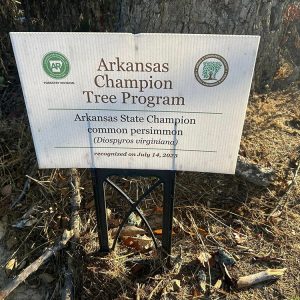 Common Persimmon Tree Plaque
Common Persimmon Tree Plaque 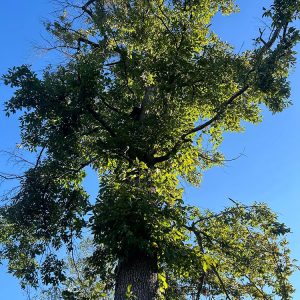 Common Persimmon Tree
Common Persimmon Tree 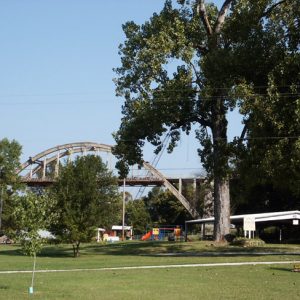 Cottonwood Tree
Cottonwood Tree 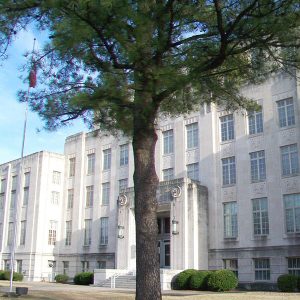 Moon Tree
Moon Tree 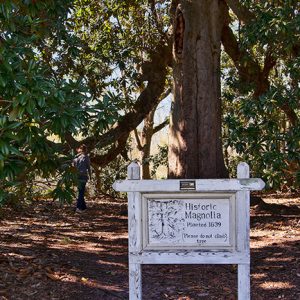 Royston Magnolia
Royston Magnolia 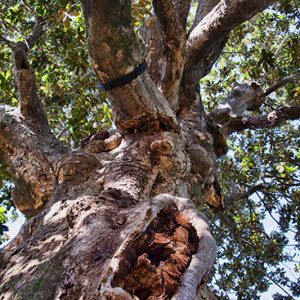 Royston Magnolia
Royston Magnolia 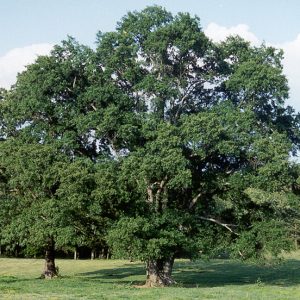 T. Texas Tyler Tree
T. Texas Tyler Tree 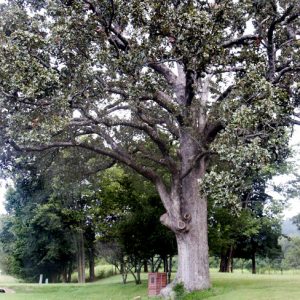 Telegraph Wire Tree
Telegraph Wire Tree 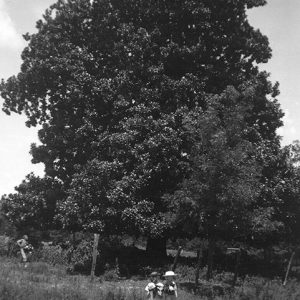 Magnolia Tree
Magnolia Tree 



Comments
No comments on this entry yet.